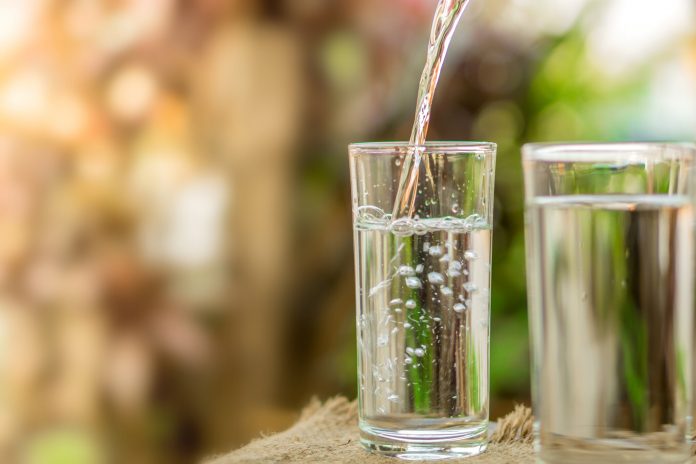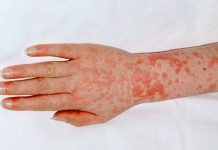A Drinking Water Report gives detailed information about the contaminants in tap water, which allows consumers to make informed choices about water and their health.
In the United States of America, by law, beginning October of 1999, a municipal water provider must provide an annual report to its consumers, due by July 1st each year, detailing the monitoring results of contaminants found in the water. The report is usually called a “Consumer Confidence Report,” a “Water Quality Report,” or a “Drinking Water Report.”
What is a Consumer Confidence Report (CCR)?
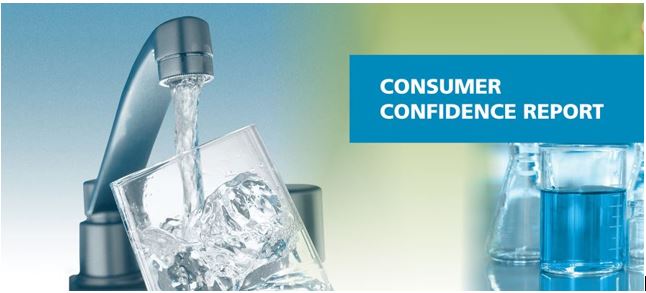
The public right-to-know mandate to issue the report to consumers was one of the 1996 Amendments to the Safe Water Drinking Act of 1974. The goals of the Consumer Confidence Report are to educate the public on the quality of their drinking water, as well as improve communication between water utilities and the public.
The purpose of the report is to notify consumers of the water quality coming out of their tap so they can make informed decisions about the water they cook with and drink. Consumers are also notified of some of the potential health risks from contaminants in the water that exceed the regulated levels.
What is Included in the City Water Report?
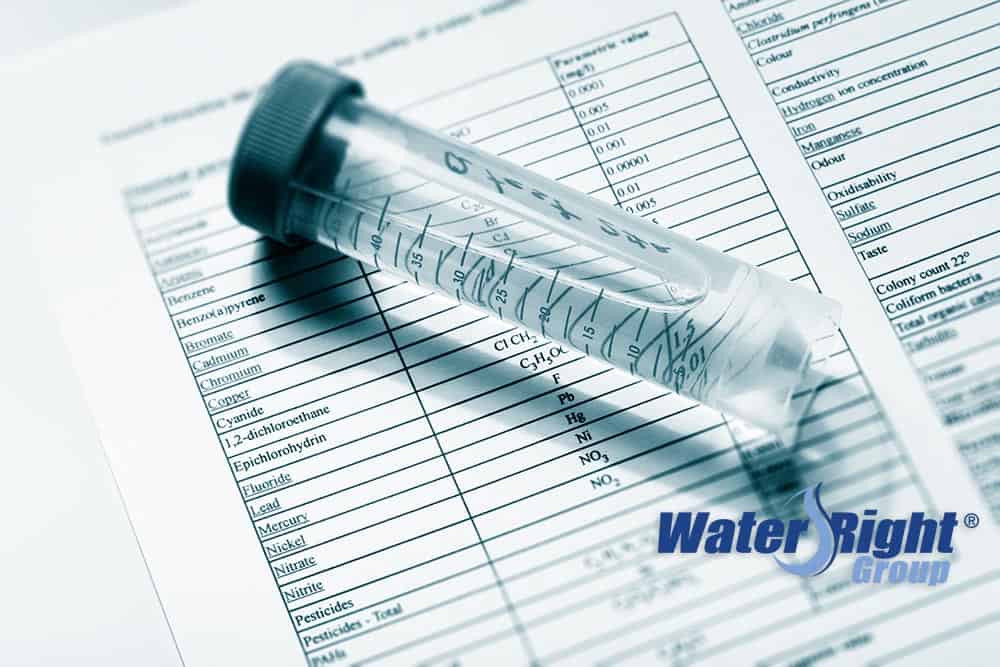
At a minimum, the following must be included:
Water system information such as contact information and opportunities for public involvement in meetings and committees.
Information on water sources, which can be surface waters, ground water, aquifers, purchased water from another city, or a combination. A summary of the water’s susceptibility to contamination must be disclosed, but many cities prefer to state that a review of the source assessment is available upon request.
Glossary of terms and definitions: the only two explanations required are MCL (Maximum Contaminant Level) and MCLG (Maximum Contaminant Level Goal) and if needed TT (Treatment Technique) and AL (Action Level). Often, the abbreviations for the units of measurement are also listed.
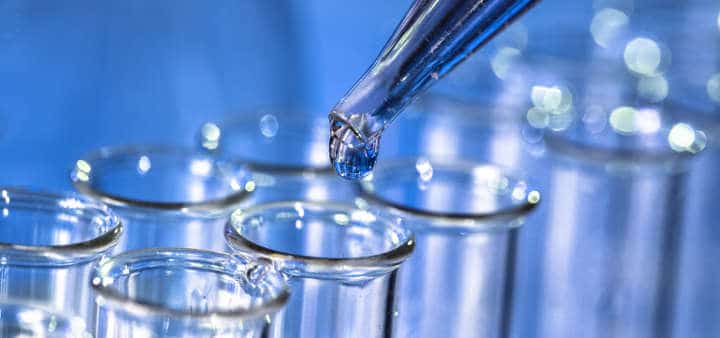
Detected contaminants, sometimes listed as a “substance” instead of “contaminant.” The amount detected sometimes includes a range or an average, and the typical source of the contaminant.
Compliance with or violations of drinking water regulations. A chart is shown to give a comparison of regulated allowable limits and detected amounts. Contaminants exceeding legal limits must be clearly marked and health risks clearly explained.
Required educational information. The U.S. E.P.A. (Environmental Protection Agency) provides boilerplate terminology that details:
- Partial list of contaminant categories that may be present in source water
- Disclaimers about the potential health risk of contaminants in the water as being greater for those whose immune systems are compromised
- Paragraph warning about lead exposure
- Exact wording for explanation of significance of results when cryptosporidium, radon, arsenic, or nitrates are present in the water
Find a Copy of Your Water Quality Report
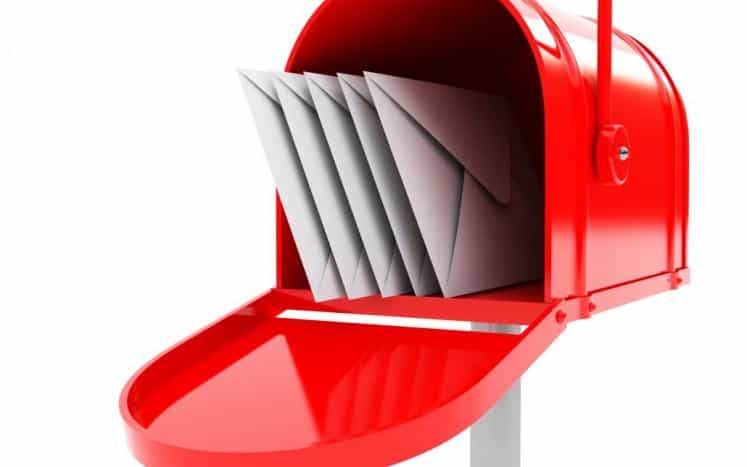
The report is often mailed, either included in the water bill, in a city newsletter, or as its own mailing. The method of distribution depends on the size of the system, measured by how many households are served. Alternately, some cities simply post the report online.
To find a report online, go to the particular city’s official website, find the “public works” or “utilities” department, then click on “water.” The most current Drinking Water Report should be posted.
As a last resort, residents who have not received a mailing from their own city, and who cannot locate the report online, can call the city water department and ask them to send a copy.
More information on Drinking Water Reports
The United States Environmental Protection Agency’s Frequently Asked Questions about Consumer Confidence Reports (FAQ’s) provides answers to a few basic questions about the report.


